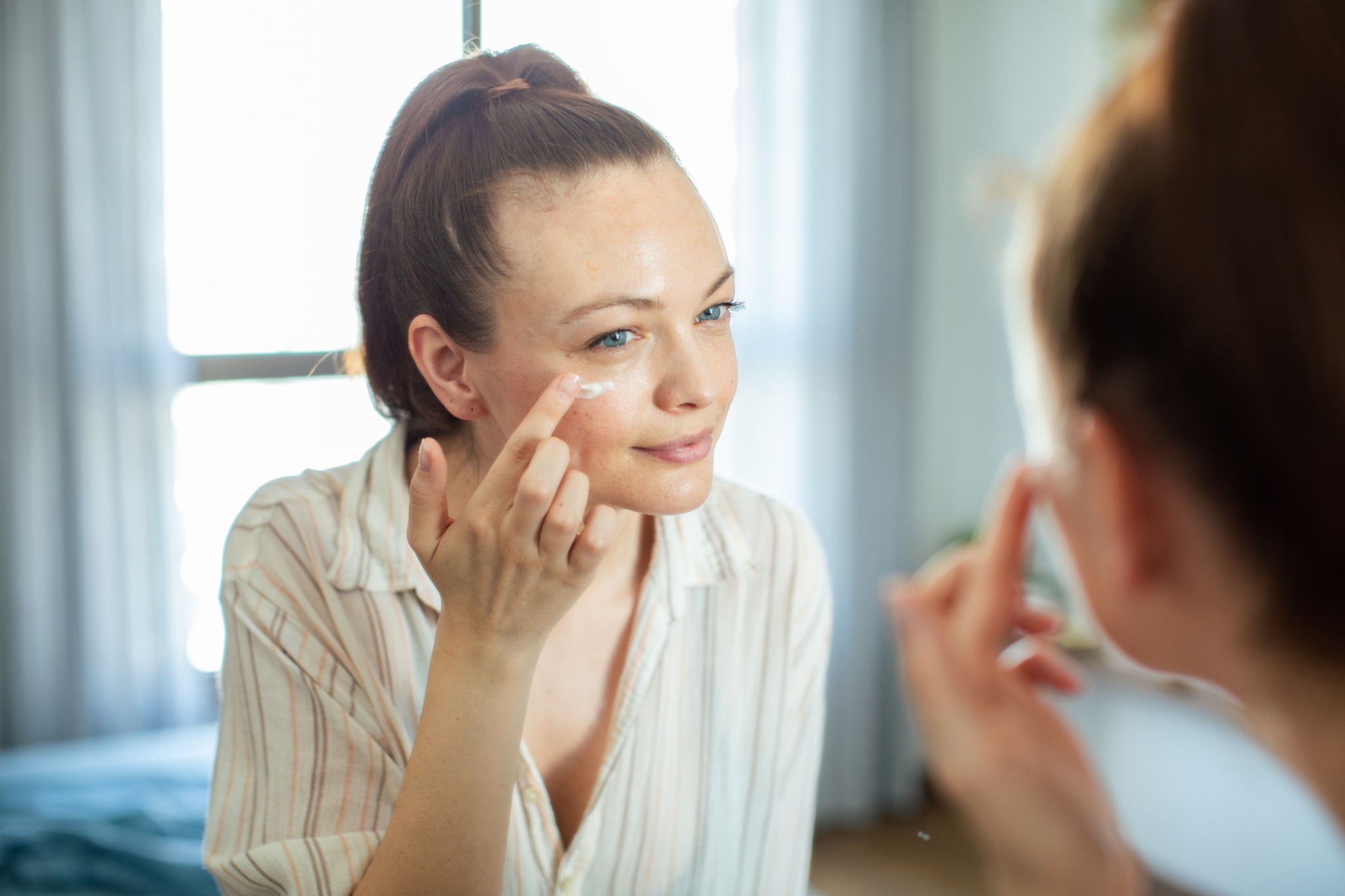Preparing Your Skin for Seasonal Changes: Essential Tips and Treatments
Understanding the Impact of Seasonal Changes on Your Skin
As the seasons change, so do the environmental factors that affect your skin. Variations in temperature, humidity, and exposure to elements like wind and sun demand adjustments in your skincare routine. Understanding these changes is crucial to maintaining a healthy complexion year-round.
The transition from one season to another can lead to issues such as dryness, oiliness, or increased sensitivity. These changes can disrupt your skin's natural balance, making it essential to adapt your skincare regimen accordingly.

Adapting Your Skincare Routine
Moisturizing: A Key Component
As temperatures drop in the fall and winter, the air becomes drier, which can strip moisture from your skin. Switching to a richer, more hydrating moisturizer can help maintain your skin’s moisture barrier. Look for ingredients like hyaluronic acid and glycerin that draw water into the skin.
Exfoliation: Keep It Gentle
While exfoliation is important to remove dead skin cells, it’s crucial to adjust the frequency and intensity with seasonal changes. During colder months, opt for gentle exfoliants to avoid over-stripping already sensitive skin. In contrast, summer may allow for more frequent exfoliation due to increased oil production.

Protecting Your Skin from the Elements
Sunscreen: Year-Round Essential
Many people associate sunscreen with summer, but UV rays can damage your skin even on cloudy winter days. Incorporating a broad-spectrum SPF into your daily routine is crucial for preventing sun damage and premature aging regardless of the season.
Shielding Against Wind and Cold
The harsh winds and cold temperatures of autumn and winter can lead to chapped and irritated skin. Invest in a good barrier cream or balm to protect exposed areas like your face and hands. Wearing scarves or hats can also provide an extra layer of protection.

Treatments to Transition Your Skin Smoothly
Hydrating Masks and Serums
Incorporate hydrating masks and serums into your routine to give your skin an extra boost of hydration during seasonal transitions. These products can help replenish moisture and soothe any irritation caused by environmental changes.
Professional Treatments
Consider visiting a skincare professional for treatments like facials or peels that are tailored to your skin's needs. These treatments can address specific concerns such as pigmentation from summer sun exposure or dryness from winter's chill.

Diet and Lifestyle Considerations
Your diet and lifestyle also play a significant role in how your skin reacts to seasonal changes. Eating a balanced diet rich in antioxidants and staying hydrated are essential for maintaining healthy skin. Additionally, adjusting your exercise routine to accommodate indoor activities during colder months can help maintain overall health and well-being.
Finally, remember that stress management is vital as stress can exacerbate skin issues. Incorporate relaxation techniques like meditation or yoga into your daily routine to help keep your skin and mind in harmony.
